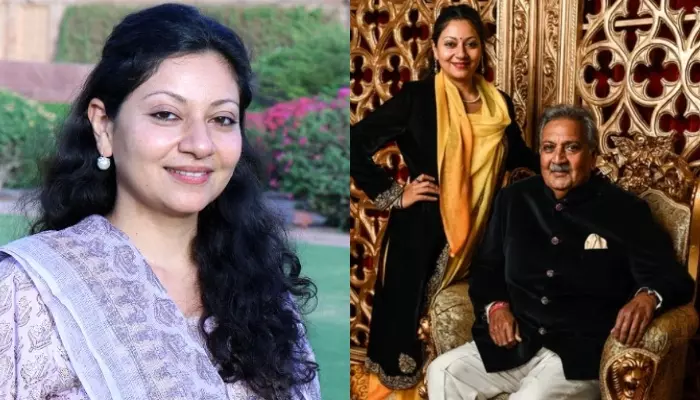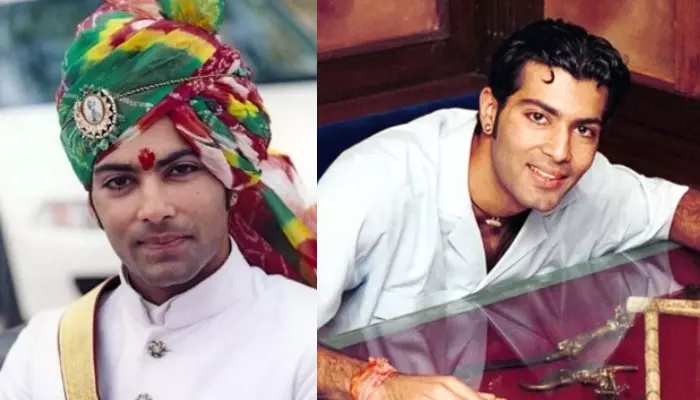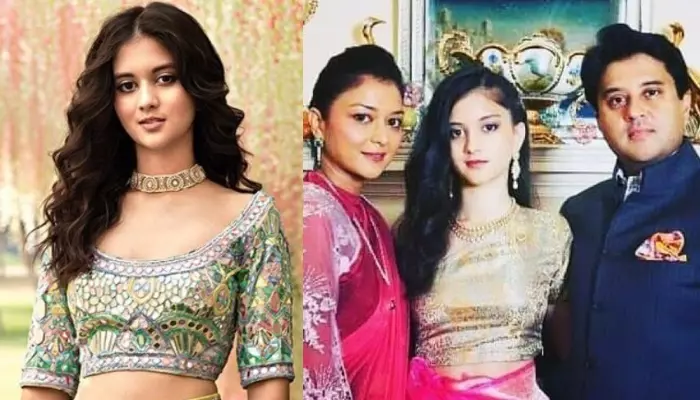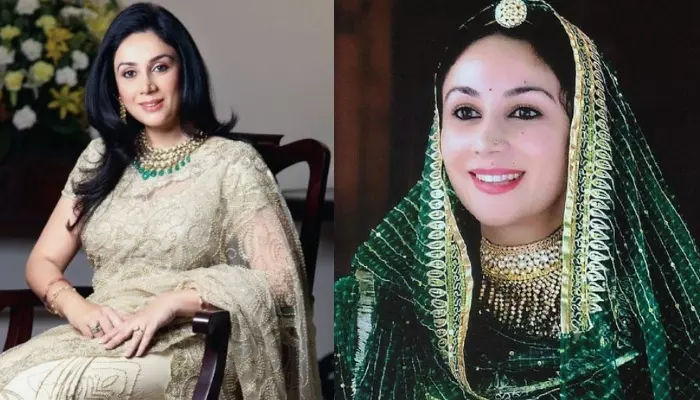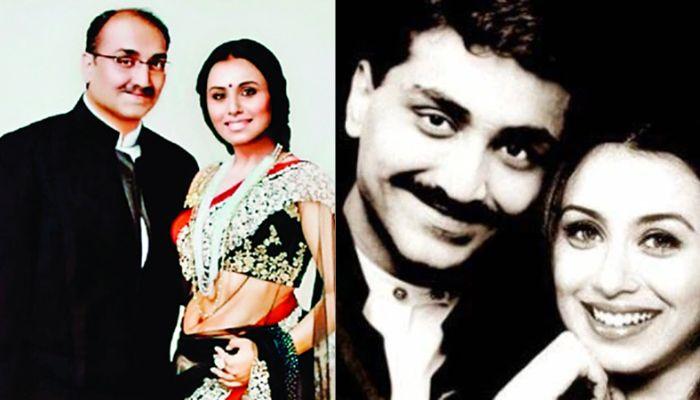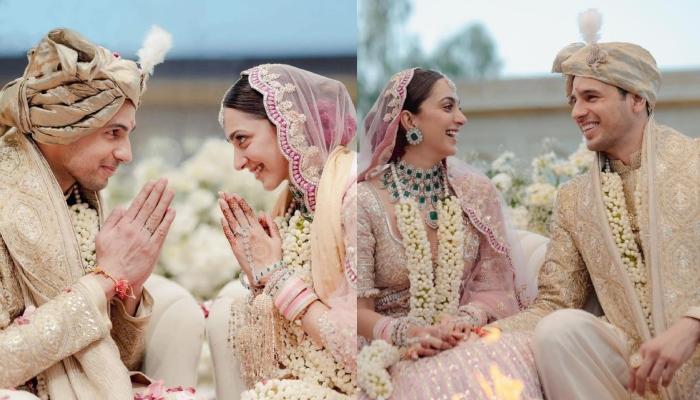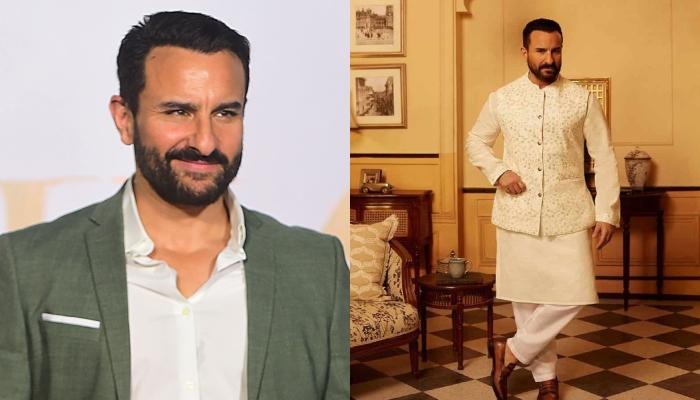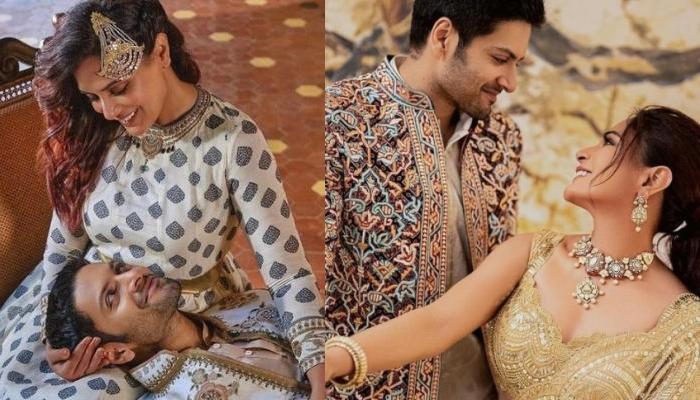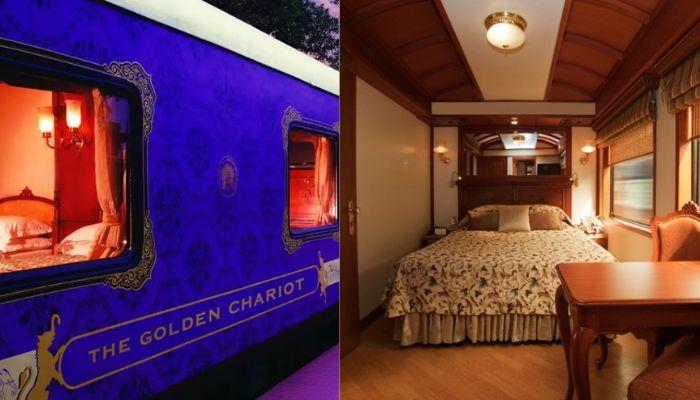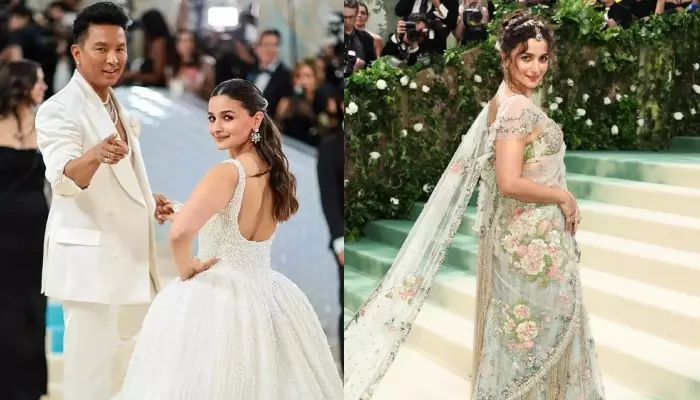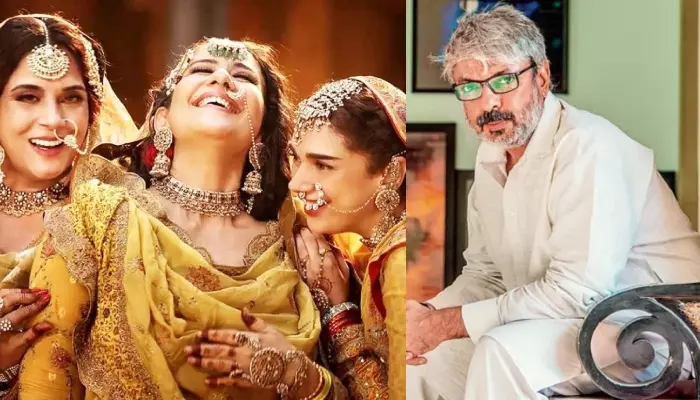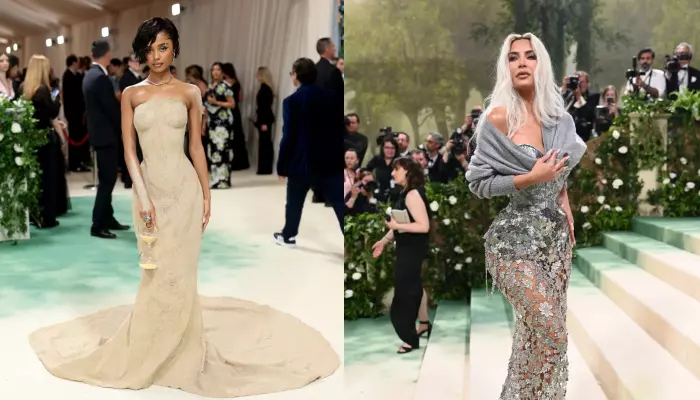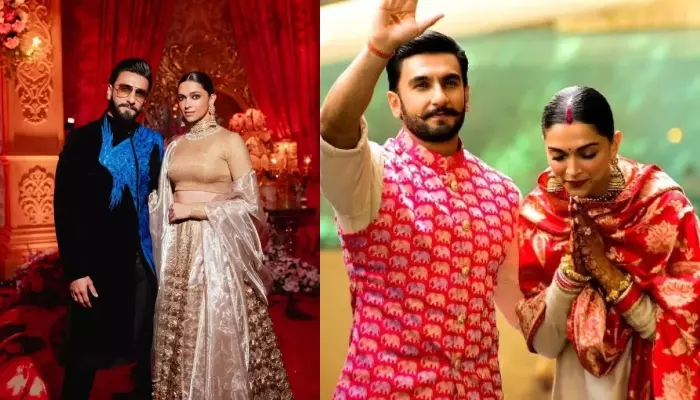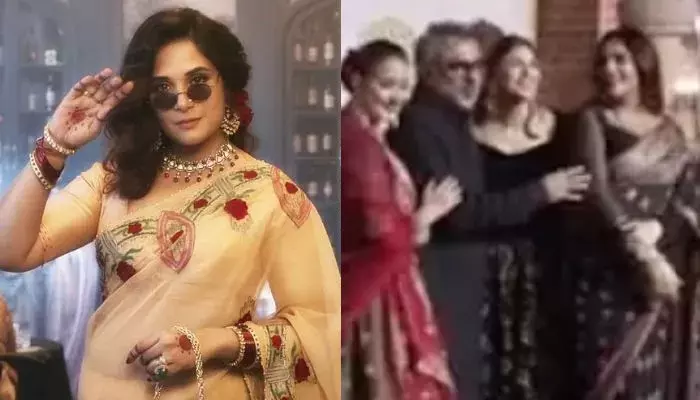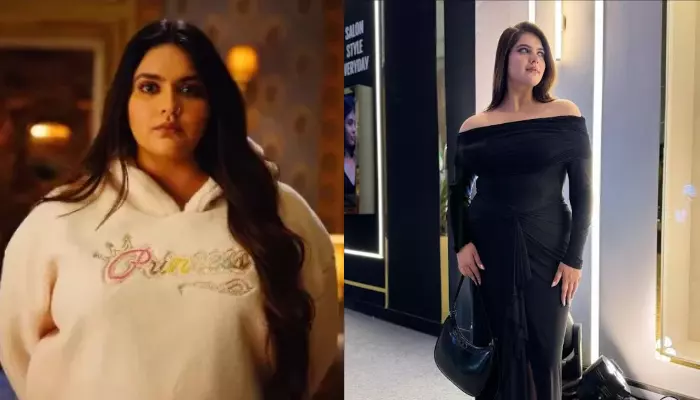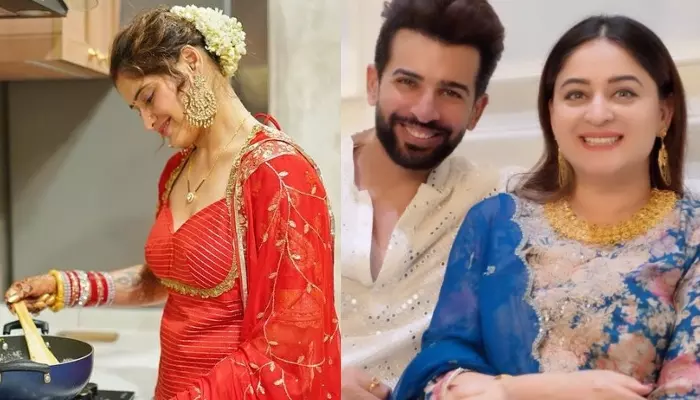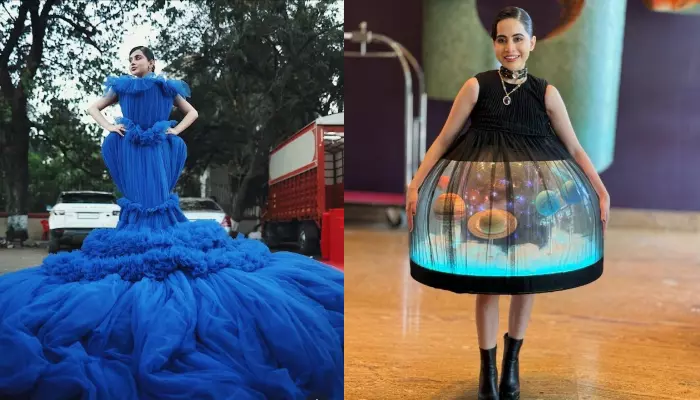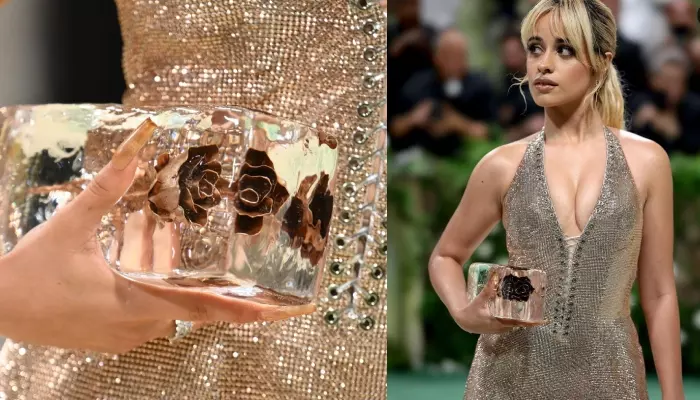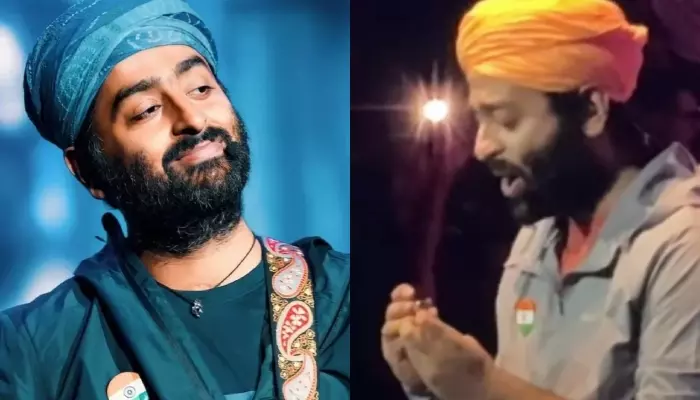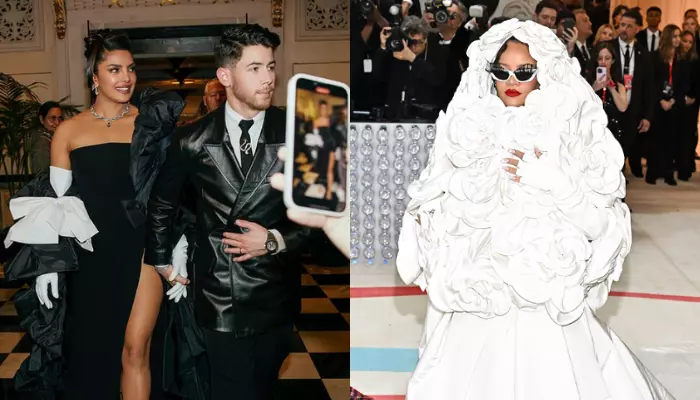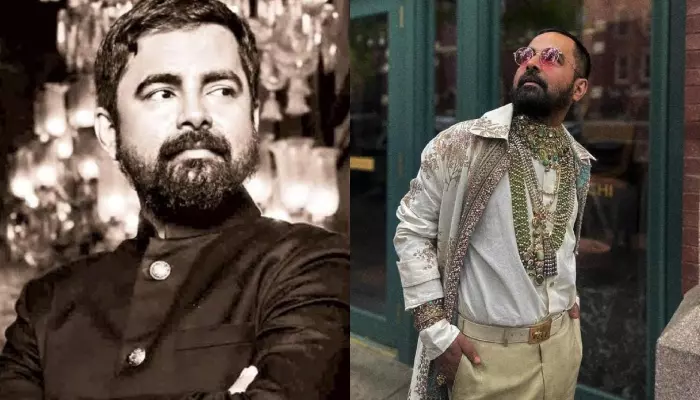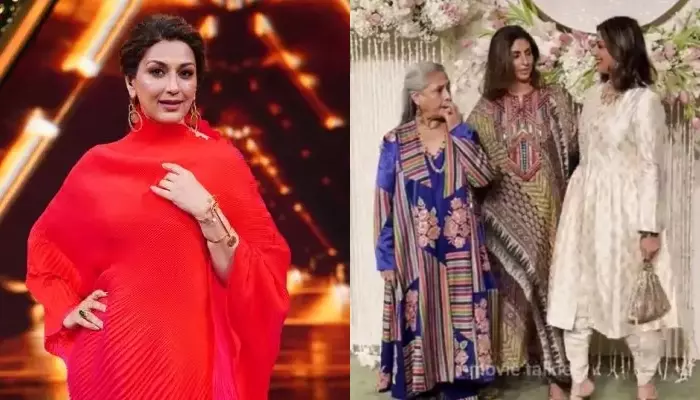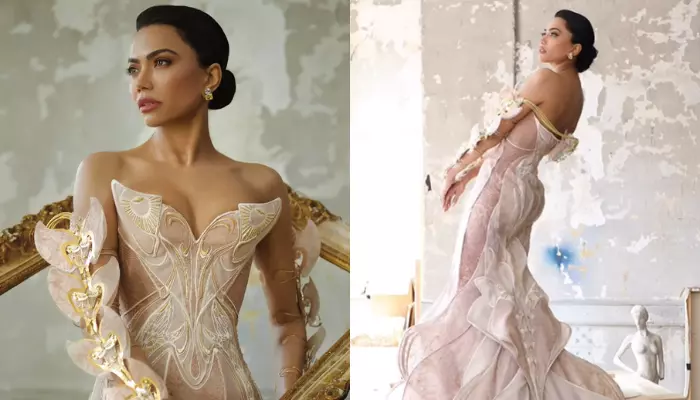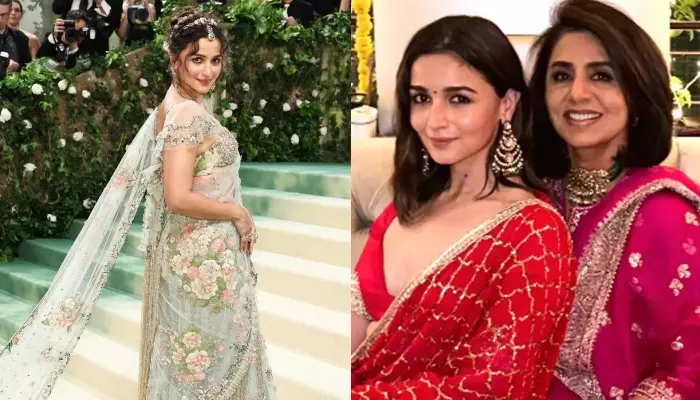5 Lesser-Known Indian Royals: How They Are Keeping 'Live Life King Size' Lifestyle And Legacy Alive
From Priyanjali Katoch, Meenal Kumari Singh Deo, Vidita Singh, Yaduveer Singh to Krishna Kumari, lets take a look at the lesser-known Indian royals and how they're keeping their legacies alive.
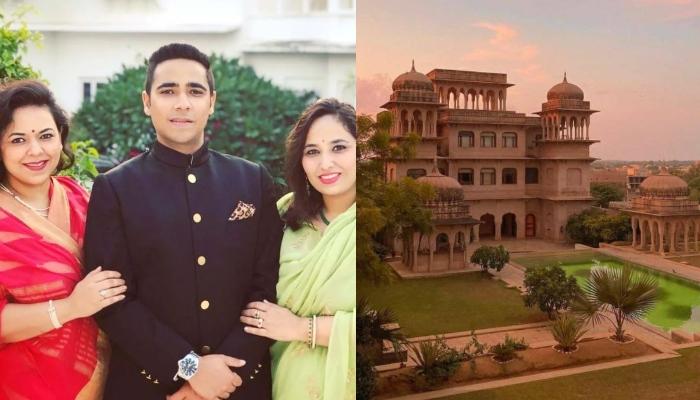
Once upon a time, hundreds of years ago, ek tha raja, ek thi rani, dono mar gaye lekin khatam nahi hui kahani. Though the monarchy was abolished in our country with the 26th amendment to the Indian constitution in 1971 and we have moved far away from aristocracy, Indian royal families continue to live-life-king-size with opulence, making us envious of their high-end lifestyle. Even in the 21st century, the royal families garner the same respect from people and today, they are living a life more like a modern family. They have survived the tide of time and the young generation of the families have pursued their passion while transforming their ancestral wealth into blossoming businesses, hence keeping their legacies alive.
Not everyone is born with a silver spoon, but the one’s who do, have a huge responsibility to carry forward the legacy left behind by their family. With the passing generations, the youngest lot carries the responsibility of keeping the legacy alive of their ancestors, maintaining the glory and fortunes and also making sure of not letting go of their own entity. Let’s take a look at five lesser-known Indian royals and how they are keeping their legacies alive:
1. Priyanjali Katoch
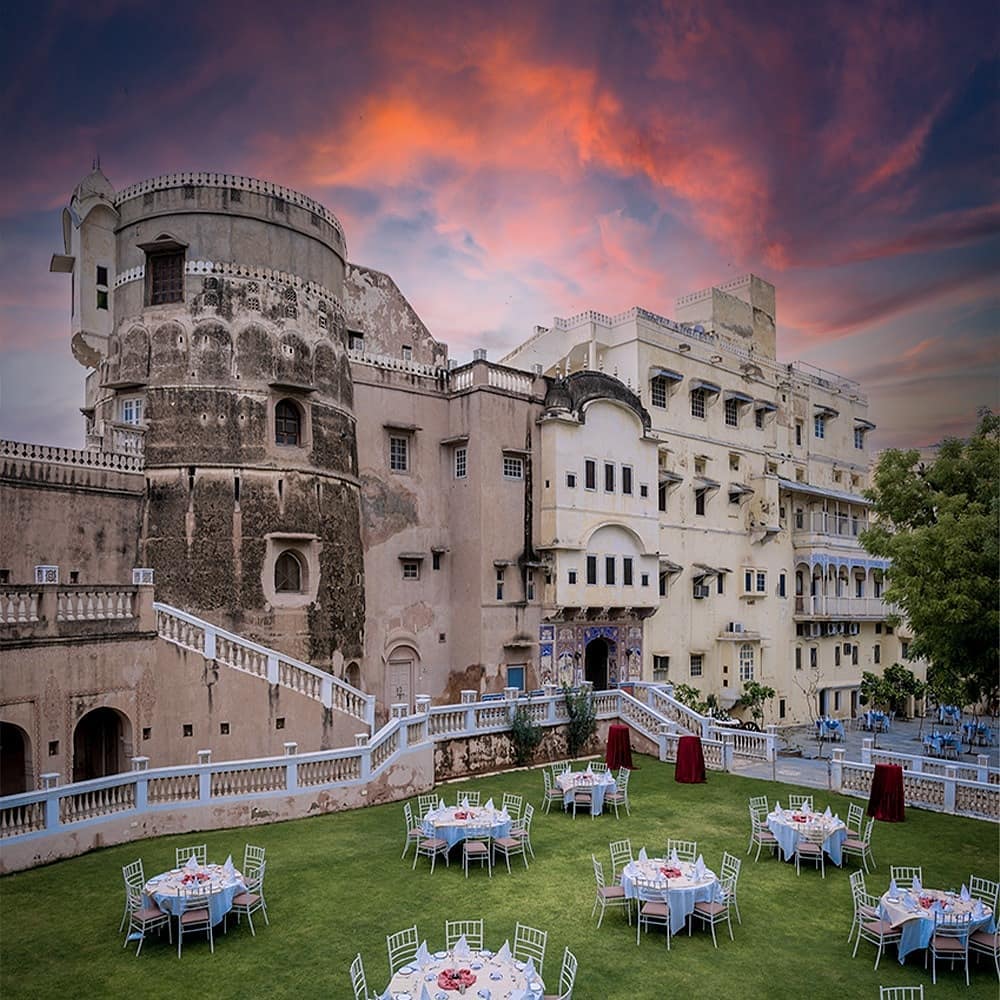
Source
Built in 1755, Castle Mandawa was one of the first few ancestral homes to transform their heritage property into a hotel. It was in 1980 when Castle Mandawa, a fortress, was transformed into a hotel and Princess Priyanjali Katoch along with her family is at the forefront of running this business. When the princess of Mansa state, Darshana Kumari married Thakur Kesri Singh of Mandawa, she had taken her Sri Tana Bana craft project, which was her brainchild to keep the weaving traditions of Mansa alive, and merged it with the fresco motives of Mandawa. She made the two worlds meet and kept the tradition alive with the help of her daughters, R.K. Geetanjali Shah of Tehri Garhwal and R.K. Priyanjali Katoch of Kangra Lambragaon.
In an interview with The Daily Guardian, R.K. Geetanjali Shah had recalled,
“I was always fascinated with the chiffon saris our ancestors wore, lined with woven borders. I wanted to recreate that for my trousseau but was totally crestfallen with what was available in the market. This prompted Darshana to get back to her family's looms in Mansa. Lo and behold! The most beautiful borders were created in 98% silver. After beginning as a personal project, it was converted into a well-nurtured craft project. Looms were lying idle, weavers were moving to the city. This project got them clicking back to life. This, for us, is the biggest source of happiness.”
The weaves by the family are a happy union of fresco designs of Mandawa and rich weaves of Mansa. Thakurani Darshana Kumari had said “All we have is a picture of this fresco that was possibly done when the Wright Brothers created wings and the villagers used their imagination to paint a glider on our wall.”
Whilst R.K. Geetanjali Shah and R.K. Priyanjali Katoch back their mother, Darshana Kumari with their ingenuity, enterprise and creativity, their craft project, Sri Tana Bana remains the creative oeuvre of the graceful Thakurani of Mandawa. Priyanjali was quoted as saying, “I think our biggest role is to make our mother’s understated taste a wee bit saleable and commercial. Her sense of design and colour is too evolved for the market.”
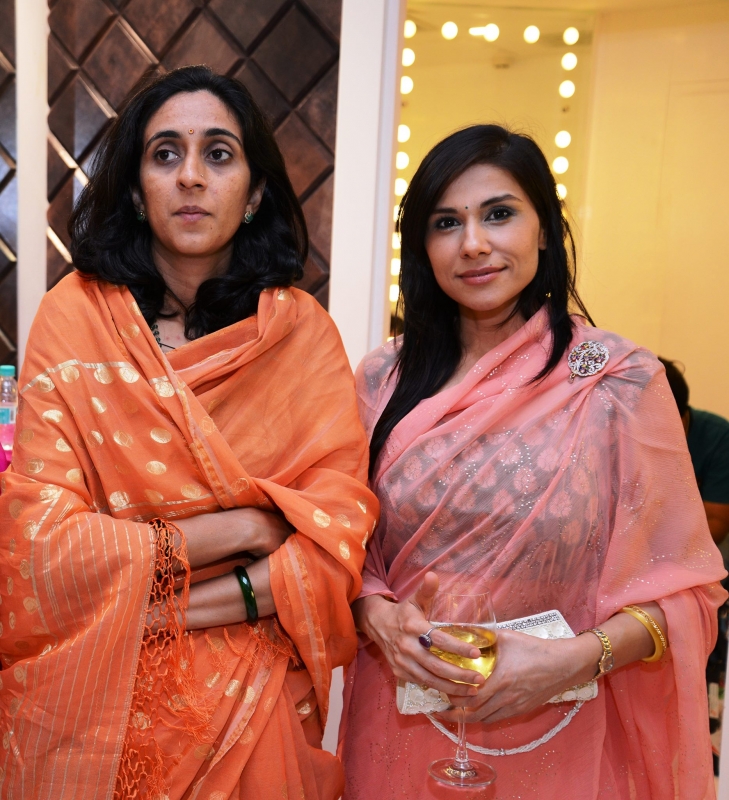
Source
Recalling how her father, Thakur Kesri Singh of Mandawa left his job with a vision, moved to his village and became the first few nobles to open their home to heritage tourism, R.K. Geetanjali Shah had stated, “Our father worked in a bank, and we were posted to Indore when we went for a holiday to Nepal and lived in the luxury tents there. He had been so inspired by them that he decided to replicate the same back home. He was wedded to Mandawa. I suspect that he would have chosen it over us also!”
2. Meenal Kumari Singh Deo

Source
Owner of Dhenkanal Palace, which is a 200-year-old property transformed into a heritage homestay, Meenal Kumari Singh Deo also runs an empowering fashion movement. On the official handle of Dhenkanal Palace, one of the posts had given a brief recap of the history of Dhenkanal Palace:
“In the year 1529, three brothers from a principality in Rajputana crossed the entire width of the country to come to Orissa. At that time, there was but a single ruler of the entire state, and he lost no time in employing one brother as his Prime Minister, another as his Finance Minister and the third as the head of his army. The third brother distinguished himself so creditably that he was given a tract of land in what used to be known as Karamul Patna: this is now called Dhenkanal. The royal residence has been built over the centuries, several generations adding a suite of rooms here or a temple or garden there, according to the need of the time. DHENKANAL PALACE, DHENKANAL, ORISSA.”
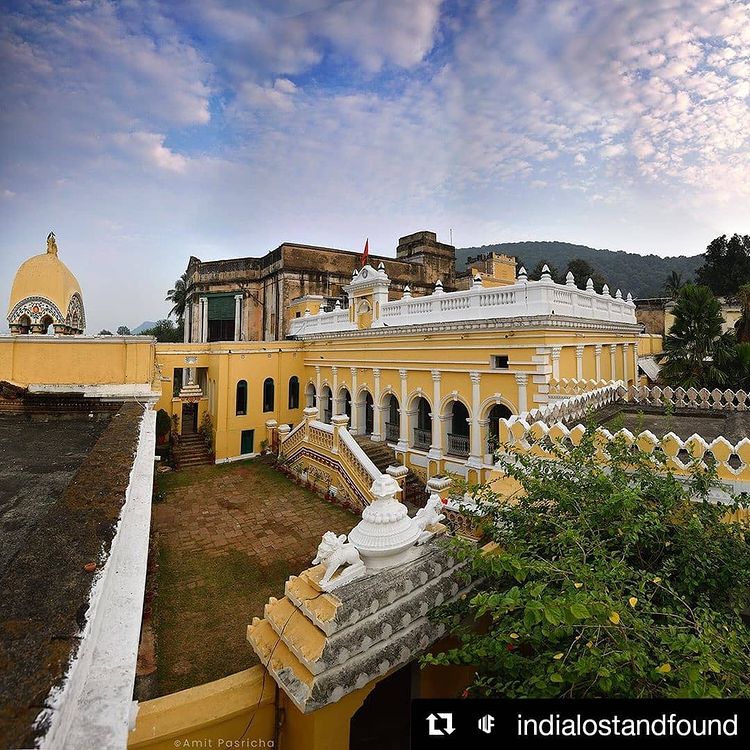
The only fort-cum-palace in Odisha, the Dhenkanal Palace was constructed by Maharaja Bhagiratha Mahindra Bahadur in the mid-19th century. After Rajkumar Yuvaraj Amar Jyoti Singh Deo married Rajkumari Meenal Kumari, elder daughter of Maharajkumar Ranjitsinhji of Wankaner, in 1990, they had seen tourism as a future for their property.
In an interview with Outlook Traveller, she had said, “I had seen that aspect of heritage or palace tourism from my childhood. We also wanted to be able to enjoy it, have family and guests over as well as give it an incentive and financial feasibility to restore, which only tourism could give it. We started one room at a time. Initially, we worked on the interiors of the common areas, structural works such as roof repairs, electrification and plumbing.”
Renovating an ancestral home over 150-years-old was a delicate process. Elaborating on the challenges, she had continued, “We had to match the flooring to some of the existing Carrara marble. The tiles, the fittings, lights and furniture all had to match the same time period.”
While the restored parts like the dining room, sitting room, gardens and library, were done keeping tourism in mind, the guest rooms required the maximum effort. She had said, “These were rooms occupied by my grandfather-in-law’s brothers and their families. When they built their houses and moved out, this block was empty and called for a lot of repair and maintenance. There was neither electricity nor plumbing nor furniture. Monkeys were frequent visitors! There were two old drop toilets which we have retained with a little renovation. In those days, Odisha did not have much infrastructure, nor was it a regular tourist destination but we took the plunge anyhow. At the end of the day it was our home and had to be maintained and cared for."
Also Read: Saif Ali Khan And Kareena Kapoor Khan's Combined Net Worth; Own Pataudi Palace, Four Flats In Mumbai
3. Princess Vidita Singh
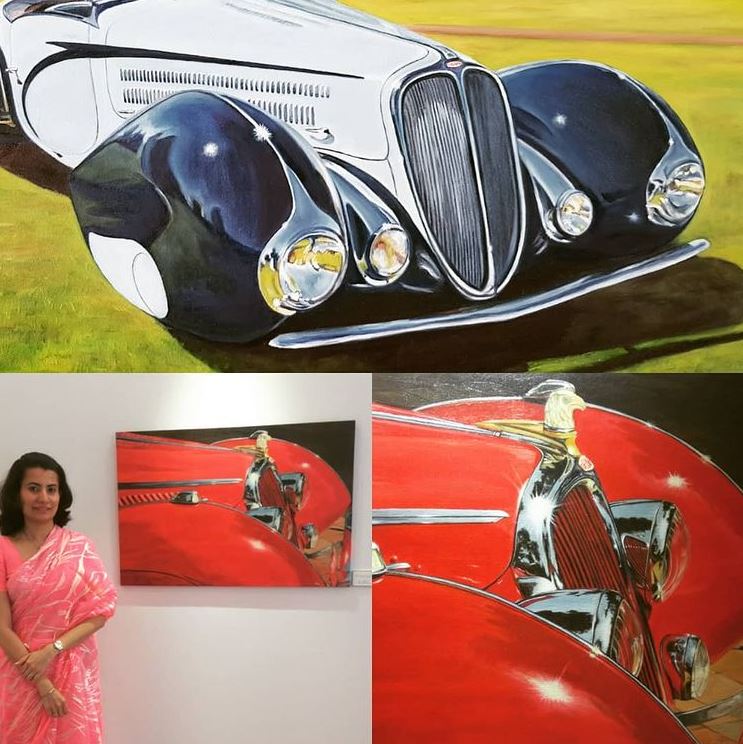
Representing the Borwani Royal Family, Princess Vidita Singh specialises in automotive art, a lesser-known form that highlights the intricacies of cars, boats, and other automobiles. Brought up in a family of automotive enthusiasts and being surrounded by some of India’s best vintage and classic cars during her childhood, her love for this unique form of art isn’t surprising. Being India’s leading automotive artist, she feels a passionate need to preserve India’s automotive history and tradition. Just like her father, His Highness Manvendra Singh, a renowned automotive historian and restorer, she does this through her canvases.
In an interview with the DNA, Vidita had said, “I do not have formal training in Fine Arts. I am a self-taught artist, but I have taken short courses on improving my technique and understanding different mediums. I began automotive paintings when I was 17-years-old, before that I was only painting flowers, landscapes and horses. He (her father) commissioned me to illustrate one of his articles. It was a Fiat Corsa and just a steering wheel of a car, with a lady driving. At that moment I decided to become an automotive artist.”
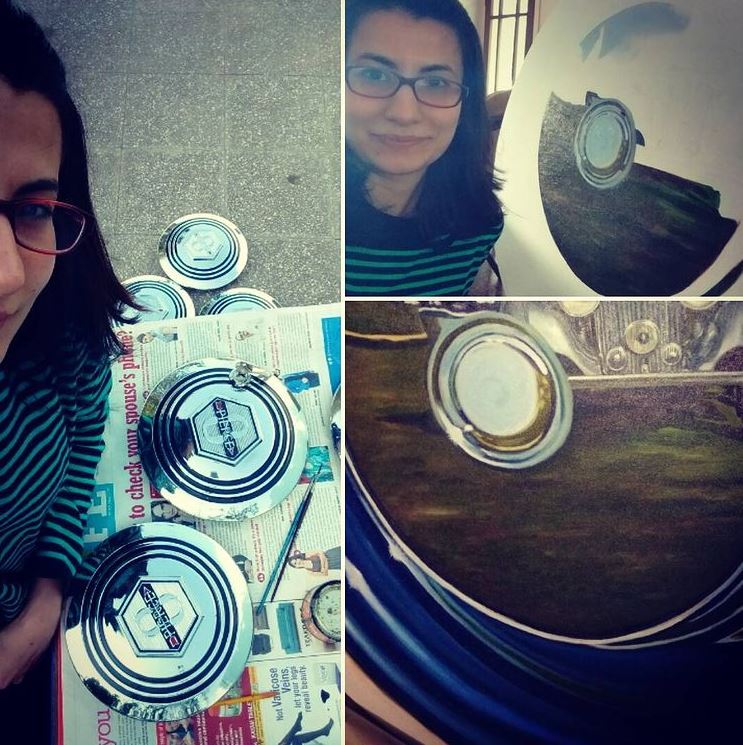
Granddaughter of the legendary Congressman Dinesh Singh, Princess Vidita Singh is also the only Indian and amongst the few women to exhibit her art at the prestigious Automotive Fine Arts Society Exhibition at Pebble Beach Concours, California in 2018. To The Daily Guardian, she had stated, “For me, automobiles have a soul and I try my best to bring that out in my artwork. Either in full or part, each car’s beauty lies not only in what the designer had conceptualised but also in the styling, the lines and curves of the cars, in the reflections off the chrome and the situation the car is found in. Nostalgia plays a big part in the artworks and I try to bring alive the beauty of each automobile in its heydays.”
4. Yaduveer Singh
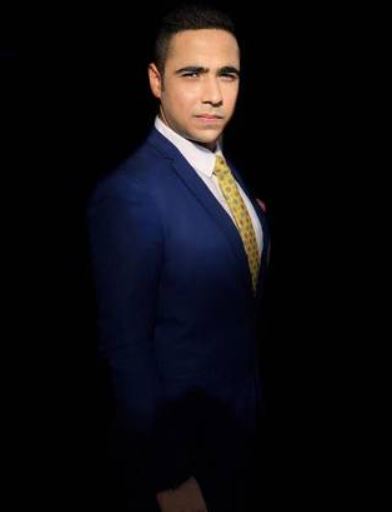
Source
The scion of the Bera family, descendants of Maharana Pratap of Udaipur, Yaduveer Singh of Bera is a hotelier, part-time, leisure wildlife photographer and he also works with the tracking and conversation of leopards, who are allowed to roam freely in the forests of Bera.
This young lad, who manages a 300-year-old ancestral home, had spoken about leopard safaris started by his father in an interview with The Hindu. He had said, “My father started the first leopard safaris in 1993 and, by 1998, it was being done professionally.”
Yaduveer Singh Bera, the co-founder of Bera Jackets, Castle Bera and JB Safaris, spoke about his brand in an interview with NewsX and was quoted as saying:
“Bera Jackets are not new. It has been there in Rajasthan since the 1920s and was introduced by my great grandfather Thakur Prithvi Singh Bera who was a world-class polo player and part of the legendary Jodhpur team which won all over the world. He was a man of style and in those days the tailors of Bera were known for the art of quilting that was initially done for the polo horses. He ordered his personal royal tailors to make quilted jackets and Phulgaar for him. That’s how it all began. The trend picked up and The Bera Phulgaars and jackets were ordered by several royals and were also presented to international personal guests of the royalties.”
Elaborating on his mission to open up the local landscape and the local region to the international market, he had continued:
“I come from the place called Jawai, the leopard hills of India. My father Thakur Baljeet Singh Bera and uncle Thakur Devi Singh Bera were the pioneers of Leopards safaris in Jawai. There was a time no one believed that there were leopards in Bera Jawai but after 20 years of hard work and dedication both of them got Bera Jawai on the world map and has given employment and business opportunities to hundreds of locals. My father’s elder brother, known as Leopard Man was the first person who called me ‘Leopard Prince’. That’s how it all started. An Austrian filmmaker had come to Bera and he wanted to create a film, which was about leopards, and also about the culture, the area, and the heritage of this place. We wanted to name it something different. He how saw my work, what I was doing with the Bera Jackets and all the things I was working on. We had a discussion and decided to name it: Leopard Prince.”
5. Krishna Kumari
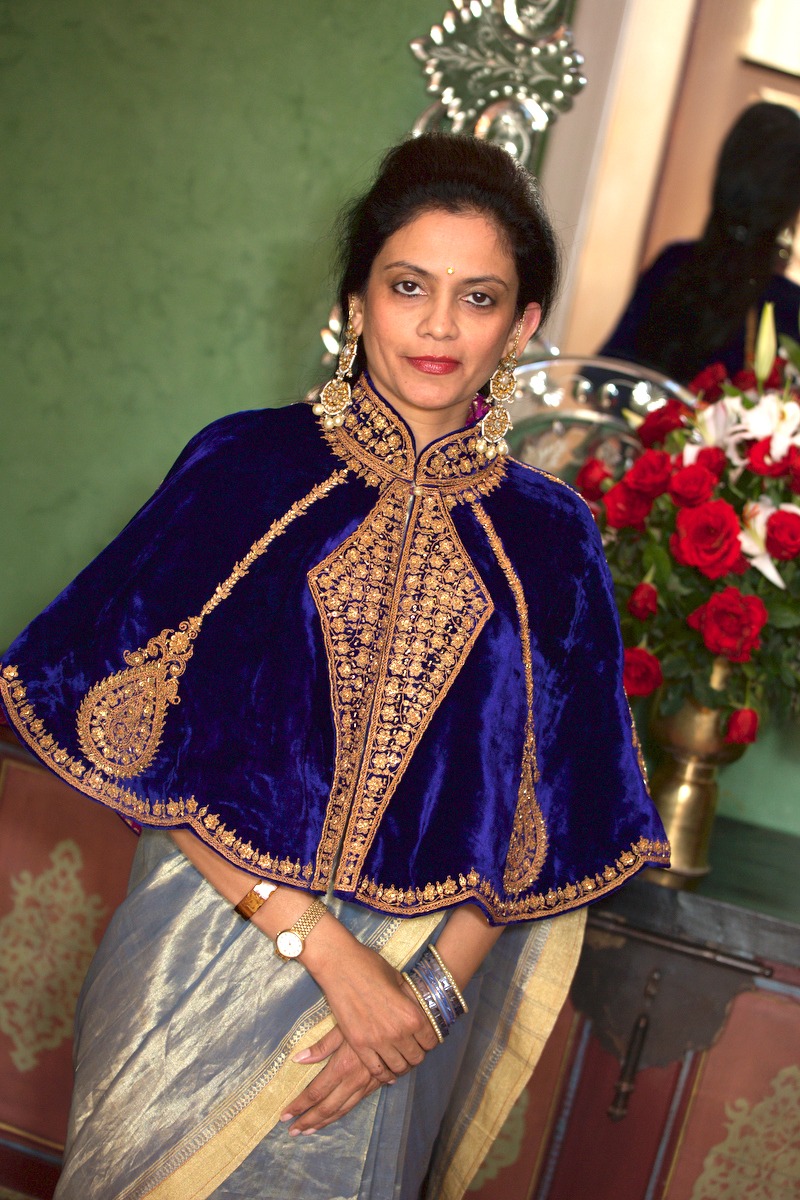
Source
The sleepy town of Madhya Pradesh, Panna is known for its now dried diamond mines, a wildlife sanctuary that houses the Kohinoor of Indian wildlife, tiger and it was historically ruled by the Rajas of Bundelkhand. Princess of Panna, Krishna Kumari is half Bundelkhandi and half Gujarati (her mother Dilhar Kumari hails from the royal family of Bhavnagar), who works as a professional wildlife photographer for National Geographic. This sensitive artist, when not trotting across the globe, is busy teaching art to tribal girls in a school in Panna, named after her grandmother Maharani Durga Laxmi.
In a conversation with The Daily Guardian, she had said, “I love travelling to Africa. To the forest reserves. That to me is the most precious of places in the world.”
Keeping their traditions, culture and history in mind, the young generation of the royal families have pursued their passions and didn’t lose their entity in the opulence of their ancestors’ lifestyle. Though they’re living their lives king size, they made sure to keep the legacy of their ancestors alive.
Cover Images Source: Left, Right
advertisement
advertisement
advertisement

